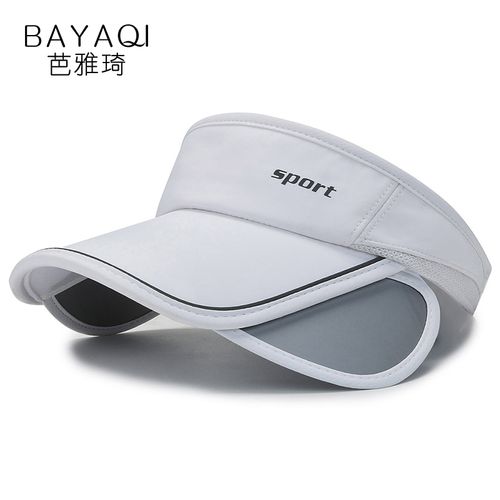
We don’t know how to judge the quality of sunglasses when choosing, or we want to know professional standards. I need to analyze from multiple aspects, such as UV protection, lens quality, lens color, frame design, brand certification, etc.
Firstly, UV protection is crucial. Good sunglasses must be able to block 99% -100% of UVA and UVB, and this information needs to be clearly communicated to the user, possibly referring to the UV400 standard. Then the lens materials, such as polycarbonate, glass, and resin, each have their own advantages and disadvantages. It is necessary to compare their impact resistance, weight, and clarity.
In terms of lens color, different colors are suitable for different scenarios, such as gray for daily use, brown for enhanced contrast, and yellow for low light environments. This point may not be clear to users and requires specific explanation. Polarized light function is also important, especially when driving or engaging in water activities, to reduce glare.
Frame design should consider fit, comfort, and durability, with materials such as TR90, metal, and acetate fiber each having their own characteristics. In terms of brand and certification, it is recommended to use brands with clear identification, such as those labeled with ANSI Z80.3 or CE certification, to avoid the three no products.
In addition, the applicable scenarios are also important, such as sports, driving, and outdoor activities that require sunglasses with different functions. It may also be necessary to mention situations where sunglasses are not suitable, such as in areas with insufficient light or in work environments that require special protection.
Users may also have budget considerations and need to balance price and quality, and not necessarily the most expensive is the best. Finally, the importance of trying on is to ensure comfort and visibility. Users may not have considered these details and need to be reminded to pay attention.
Also check for any missing points, such as scratches on the lenses and adjustable legs. Ensure comprehensive information, but not overly technical, using easy to understand language. Perhaps the user is an ordinary consumer and does not require too specialized terminology, but key indicators need to be accurate.
Summary structure: First emphasize UV protection, then lens material, color, polarization, frame design, brand certification, applicable scenarios, trial wearing, and budget. This logic is clear and easy for users to understand. Finally, a reminder of situations where it is not suitable to wear and purchasing channels to ensure safety.
Choosing a high-quality pair of sunglasses requires comprehensive consideration of multiple factors, including protecting eye health, practicality, and comfort. The following are the core criteria for judging the quality of sunglasses:
- UV protection capability (core indicator)
99% -100% of UVA and UVB rays must be blocked, and the label should have a “UV400” or “100% UV protection” label.
Attention: Dark lenses ≠ UV protection. Dark lenses that do not meet the standard can actually dilate the pupils and increase UV damage.
- Lens material and optical performance
Polycarbonate lenses: lightweight and impact resistant, suitable for sports and children’s use, but prone to scratches and requiring coating.
Glass lenses: high clarity, scratch resistance, but heavy and fragile, gradually replaced by high transparency resins.
Polarized lenses (additional function): effectively filter reflections from water, snow, and road surfaces, essential for driving/fishing/skiing scenes.
- Selection of Lens Color and Transmittance
Gray: The most versatile, realistic color reproduction, suitable for strong light daily use (light transmittance of 10-20%).
Brown/brown: enhances contrast, suitable for driving or moderate light conditions (light transmittance 15-30%).
Yellow/Amber: Low light environment increases brightness, night driving should be cautious (light transmittance>70%).
Gradient lenses: deep at the top and shallow at the bottom, suitable for reading the dashboard while driving.
- Mirror frame design and ergonomics
Fit: The legs of the mirror should fit snugly against the ears without clamping, and the width of the frame should cover the eyebrows to cheekbones.
Sport: Recommended wrap around design (such as Oakley Radar series) to prevent side glare.
Material: TR90 Super Elastic Memory Material>β Titanium>Ordinary Alloy, to avoid the risk of nickel allergy.
- International certification and brand credibility
American ANSI Z80.3 standard: Comprehensive testing for optical distortion, impact resistance, etc.
EU CE certification: ensuring UV protection and mechanical safety.
Professional brand recommendations: Ray Ban (classic Aviator), Oakley (sports technology), Maui Jim (color enhancement technology), etc.
- Special scenario adaptation
High altitude/snowy terrain: Choose snow goggles with side protection (light transmittance<10%) that comply with ASTM Goggles standards.
Driving: Polarized glasses+yellow night vision goggles as backup to avoid night time lens transmittance below 18%.
For children only: Flexible materials (such as Silflex frame) and strap fixation design must be selected.
Guide to Avoiding Pits
Reject low-priced miscellaneous brands: Actual testing shows that some low-priced lenses have a UV blocking rate of less than 50%.
Optometrists suggest that myopic individuals should prioritize using clip on or customized stained lenses to avoid optical distortion of double layered lenses.
Regular replacement: When the lens scratches more than 1/3 of the area or the coating peels off, it needs to be replaced, usually with a lifespan of 2-3 years.
Key test for wearing: After wearing, observe straight objects (such as tile joints), slowly move the head, and if the lines are twisted, the optical quality of the lens does not meet the standard.
High quality sunglasses are an important investment in eye health. It is recommended to purchase them from professional optical stores and request a UV protection test report to avoid the risk of cataracts or macular degeneration caused by small losses.
